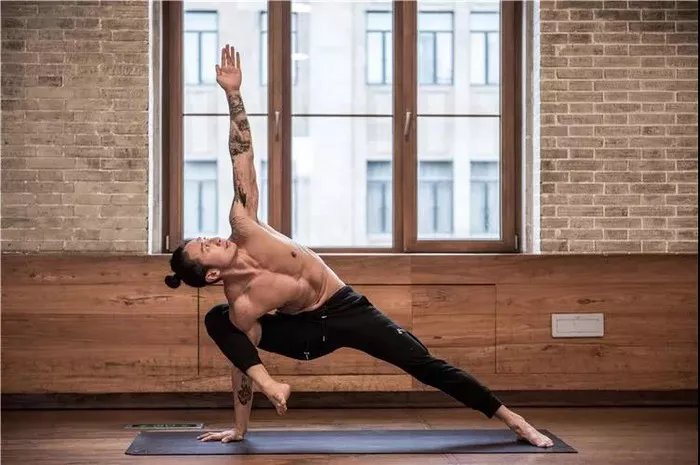Yoga and meditation are two powerful practices that complement each other beautifully. While yoga enhances physical flexibility, strength, and balance, meditation cultivates mental clarity, inner peace, and mindfulness. Many practitioners incorporate both into their morning routine, but a common question arises: should yoga come before or after meditation?
The answer to this depends on your personal goals, body condition, and the type of yoga and meditation you practice. In this article, we will explore the benefits of both approaches and provide guidance on how to structure your morning practice for maximum benefit.
Understanding Yoga and Meditation
Before diving into whether yoga should precede or follow meditation, it is essential to understand what these practices entail and how they impact the body and mind.
Yoga: The Physical and Energetic Preparation
Yoga consists of physical postures (asanas), breath control (pranayama), and sometimes meditative techniques. Different styles of yoga have different effects on the body:
Hatha Yoga: Gentle, slow-paced movements that prepare the body for meditation.
Vinyasa or Ashtanga Yoga: More dynamic, focusing on breath-synchronized movements that build energy.
Yin or Restorative Yoga: Passive stretches that relax the body deeply.
Pranayama (Breathwork): Techniques that regulate energy flow and calm the nervous system.
Meditation: The Mental and Spiritual Focus
Meditation involves focused attention and mindfulness to cultivate inner peace. There are different types of meditation practices, including:
Mindfulness Meditation: Observing thoughts and sensations without attachment.
Loving-Kindness Meditation: Cultivating compassion and positive emotions.
Mantra or Chanting Meditation: Repeating a phrase or sound to deepen focus.
Breath Awareness Meditation: Using the breath as an anchor to the present moment.
Both yoga and meditation have unique benefits, and their order in your routine can influence your experience.
Yoga Before Meditation: A Traditional Approach
Traditionally, yoga is practiced before meditation. This sequence aligns with ancient yogic traditions, such as those in Patanjali’s Yoga Sutras, where asana (physical practice) prepares the body for deeper meditation.
Benefits of Practicing Yoga Before Meditation
Prepares the Body: Yoga warms up the muscles, relieves stiffness, and improves circulation, allowing you to sit comfortably for meditation without discomfort.
Releases Restlessness: Physical movement helps to release excess energy, making it easier to remain still and focused during meditation.
Activates the Breath: Yoga incorporates pranayama, which calms the nervous system and enhances breath control, making meditation more effective.
Reduces Mental Distractions: By moving through physical postures first, you release stress and tension, creating a clearer mental space for meditation.
Increases Energy Flow: Yoga stimulates energy channels (nadis) and chakras, facilitating a more profound meditative experience.
How to Practice Yoga Before Meditation
- Start with gentle stretching or Hatha yoga to warm up the body.
- Incorporate breathwork (pranayama) to center the mind.
- Follow up with seated meditation to deepen relaxation and awareness.
Meditation Before Yoga: An Alternative Approach
While less common, some practitioners prefer to meditate before engaging in yoga. This can be particularly beneficial depending on your personal goals and state of mind upon waking.
Benefits of Practicing Meditation Before Yoga
Enhances Self-Awareness: Beginning with meditation allows you to start your practice with an introspective state, helping you tune into your body’s needs during yoga.
Cultivates Mental Clarity: Morning meditation sets a focused and peaceful tone, which you can carry into your yoga session.
Deepens the Mind-Body Connection: Meditating first heightens your awareness, making your yoga practice more mindful and intentional.
Balances Morning Energy Levels: If you wake up feeling sluggish, meditation can provide mental alertness before engaging in physical movement.
How to Practice Meditation Before Yoga
- Begin with 5-10 minutes of seated meditation upon waking.
- Transition into a gentle yoga flow to awaken the body.
- Incorporate pranayama to integrate the breath with movement.
Choosing What Works Best for You
The ideal sequence—whether yoga before meditation or vice versa—depends on personal preference, energy levels, and individual goals. Here are some guidelines to help you decide:
Yoga Before Meditation If:
- You find it difficult to sit still immediately after waking up.
- Your body feels stiff or restless in the morning.
- You want to use yoga as a tool to prepare for deeper meditation.
Meditation Before Yoga If:
- You prefer to start your day with a quiet, inward focus.
- You experience mental fog and need clarity before movement.
- You want to bring mindfulness into your yoga session from the outset.
Hybrid Approach: Combining Both
For those who want the best of both worlds, a hybrid approach can be effective:
Start with a Short Meditation (5-10 minutes): Establish mindfulness and set an intention for your practice.
Engage in Yoga (15-30 minutes): Flow through movements to energize and align the body.
End with a Longer Meditation (10-20 minutes): Enter a deep meditative state after physical relaxation.
Conclusion
There is no single correct answer to whether yoga should come before or after meditation. The choice depends on what feels best for your body and mind. Yoga before meditation is a traditional approach that prepares the body for stillness, while meditation before yoga can enhance awareness and mindfulness. Experiment with both sequences to discover what suits your lifestyle and enhances your well-being.
By listening to your body and mind, you can create a morning routine that sets a positive and balanced tone for the rest of your day. Whether you choose to start with movement or stillness, the key is consistency and a practice that aligns with your personal needs.
Related Topics:





















